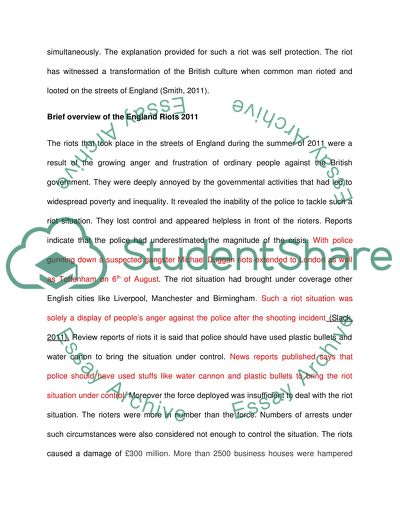Cite this document
(“The implications for the justice system of the English riots Essay”, n.d.)
Retrieved from https://studentshare.org/law/1394084-identify-and-critically-discuss-the-implications
Retrieved from https://studentshare.org/law/1394084-identify-and-critically-discuss-the-implications
(The Implications for the Justice System of the English Riots Essay)
https://studentshare.org/law/1394084-identify-and-critically-discuss-the-implications.
https://studentshare.org/law/1394084-identify-and-critically-discuss-the-implications.
“The Implications for the Justice System of the English Riots Essay”, n.d. https://studentshare.org/law/1394084-identify-and-critically-discuss-the-implications.


